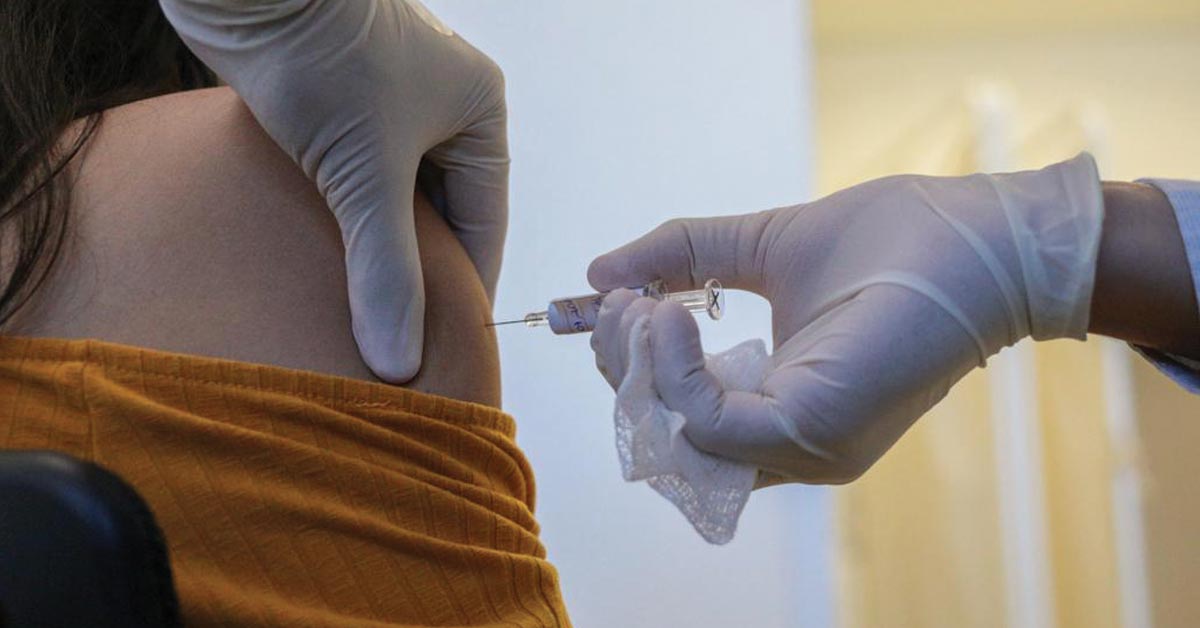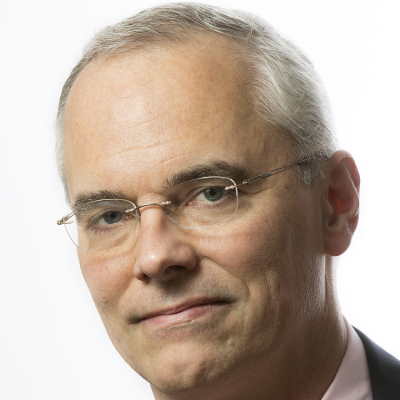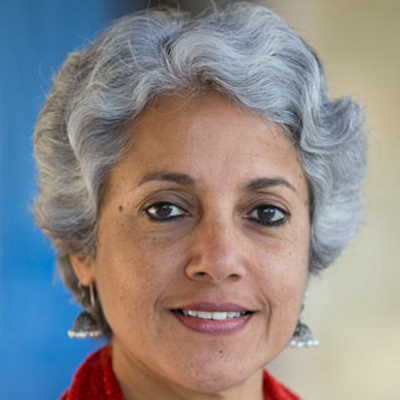Now almost in its tenth month, the COVID-19 pandemic is still wreaking havoc on economies and lives around the world. But while the end of the crisis seems as far away as ever, the fact is that we are approaching a potential turning point. World leaders now have an opportunity to seal the deal on a global framework that puts international cooperation above vaccine nationalism in stopping the pandemic.
The moment of truth was at midnight on 18 September. That was the deadline for countries to join the COVID-19 Vaccine Global Access Facility (COVAX), an initiative launched by Gavi, the Vaccine Alliance, the World Health Organization (WHO), and the Coalition for Epidemic Preparedness Innovations (CEPI). COVAX represents the best chance we have to provide people in all countries with rapid, fair, and equitable access to COVID-19 vaccines as soon as they become available.
The initiative has already achieved an extraordinary scale, with more than 170 countries (representing 70 percent of the global population) already signalling their intent to join. At a time when most countries are undergoing unprecedented crises, governments are eager for solutions that will benefit everyone.
Nothing like COVAX has ever been attempted, and the short timeframe in which it has been assembled makes it all the more remarkable. If successful, this will be the first time that the international community has come together to ensure equitable and simultaneous access to new lifesaving pandemic interventions for rich and poor alike.
As we head into the fall, and COVID-19 continues to spread, the global death toll is approaching one million, with monthly economic losses estimated at US$500 billion. Under these conditions, ensuring fair, universal access to vaccines is not only the right thing to do. It is also necessary if we are to bring the crisis to an end. Until everyone is protected, everyone will remain at risk of the disease, its adverse economic effects, or both.
As the only truly global approach available, COVAX’s importance cannot be overstated. Although there are more than 200 COVID-19 vaccines in development, and at least 35 clinical trials underway, the vast majority are likely to fail. Historically, candidate vaccines at the preclinical stage have less than a 10 percent chance of succeeding.
And of those that do advance to the clinical trials stage, only around 20 percent will ultimately be approved. Given these odds, even wealthy governments that are currently negotiating bilateral deals with individual vaccine manufacturers cannot guarantee access to a vaccine on their own.
By contrast, COVAX is specifically designed to maximise the chances of success by investing in the development and manufacture of a large number of vaccine candidates at the same time. With the world’s largest and most diverse vaccine portfolio – which currently comprises nine candidates already in development and a further nine or more under evaluation – COVAX will act as a global insurance policy.
Under this framework, member countries that have bilateral deals will still have vaccine access options in the event that those gambles fail, and the majority of countries that have no other options will be extended a critical lifeline. COVAX’s initial aim is to have two billion vaccine doses available by the end of 2021, as that should be enough to protect high-risk/vulnerable populations and frontline health-care workers. But to hit that target, we first need the legally binding commitments of as many countries as possible.
After the sign-up deadline of 18 September, the priority now is to complete the development and testing process to ensure that all forthcoming vaccines are both, effective and safe. COVAX will need to put in place agreements with drug manufacturers, so that it can begin delivering vaccines at scale as soon as they are approved. And donor funds will be needed to subsidise the purchase of vaccines for low- and lower-middle-income countries.
But even with financial solutions in place, the process of distributing vaccines will pose significant challenges. The delivery of COVID-19 vaccines will be the single largest vaccine deployment the world has ever seen, and it will have to be executed at a time when misinformation (the “infodemic”) is threatening to undermine public confidence in vaccine safety.
Though the pandemic is far from over, we at least have a global solution in sight. COVAX represents the best hope that we have for bringing a prompt end to the crisis. When people look back and marvel at how quickly the scientific community and development practitioners responded to the COVID-19 threat, they will be able to point to the speed with which governments put aside national interests in the name of international cooperation and solidarity.
Whatever specific moment future historians choose as the pandemic’s turning point, there will be little doubt that the creation and widespread adoption of the COVAX framework played an indispensable role in ending it.
Related Articles:



